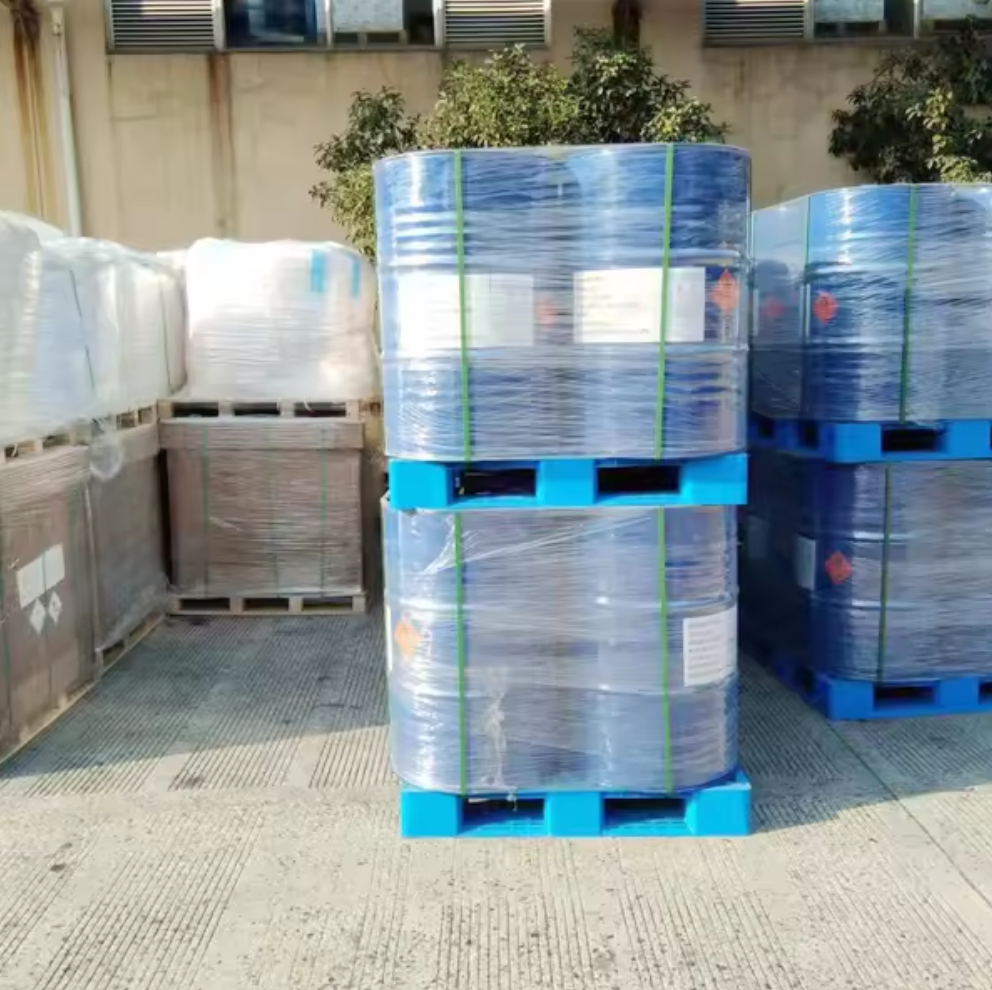zoom
Azobisisobutyronitrile
-
Category:
Specialty Chemicals
Your Questions and Comments
Your sales and customer service desk partners within China Amines Co will continue to serve you. You can also contact us via our headquarter office-
Email:info@chinaamines.com
China Amines Co
Product Profile
2,2′-Azobis(2-methylpropionitrile) (AIBN)
CAS No.: 78-67-1
Synonyms / IUPAC Name: 2,2′-Azobis(2-methylpropionitrile), AIBN
Molecular Formula: C₈H₁₂N₄
Molecular Weight: 164.21 g/mol
Physicochemical Properties (Typical)
- Appearance: White crystalline powder
- Odor: Essentially odorless
- Melting Point: 102–104 °C (decomposition begins)
- Boiling Point: Decomposes before boiling
- Density: ~ 1.11 g/cm³
- Solubility: Insoluble in water; soluble in common organic solvents (alcohols, ethers, acetone, etc.)
- Stability: Stable under cool, dry, dark conditions; decomposes on heating, friction, or shock
- Decomposition Behavior: At ~ 65–70 °C, decomposes to release nitrogen and generate free radicals
Purity & Quality Standards
- Purity (by GC / other): ≥ 98.0%
- Moisture / Water Content: ≤ 0.5%
- Residual Solvents / Impurities: Strictly controlled
- Heavy Metals: ≤ 0.001%
- Analytical Methods: Gas chromatography, spectroscopy
- Documentation: Certificate of Analysis (COA) and Safety Data Sheet (SDS) available
Applications / Uses
- Radical initiator for polymerization (vinyl monomers, acrylates, etc.)
- Blowing agent in plastics and rubber foam processes
- Initiator in chemical synthesis and crosslinking reactions
- Utility in radical-mediated reactions (grafting, curing)
Safety & Handling
- Hazard Classification: Self-reactive substance; may cause fire or explosion on heating
- Health Hazards: Harmful by inhalation or swallowing; may cause organ damage with prolonged exposure
- Fire / Explosion Risks: Dust may form explosive mixtures with air; decomposition is exothermic
- Handling Precautions:
- Use in well-ventilated areas
- Avoid heat, sparks, friction, impact
- Wear gloves, goggles, protective clothing
- Use explosion-proof equipment
- Incompatibilities: Strong oxidizers, acids, bases, metal salts
- First Aid:
- Inhalation – Move to fresh air
- Skin – Wash with water
- Eyes – Rinse thoroughly with water
- Ingestion – Seek medical attention
Packaging & Storage
- Packaging: Sealed, inert containers (e.g. metal or lined containers)
- Storage Conditions: Cool, dry, dark, and well-ventilated area, away from heat sources
- Container Closure: Keep tightly closed; protect from light and moisture
- Storage Temperature: Generally recommended below 10 °C
- Shelf Life: 12–24 months under proper storage


